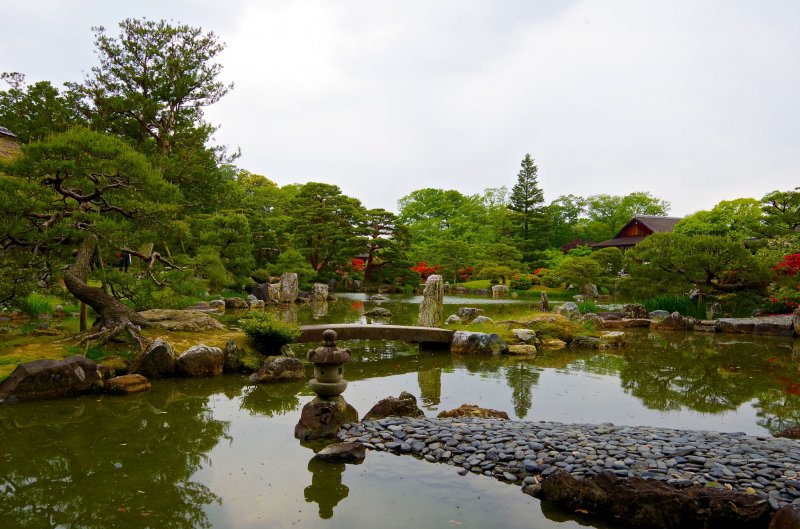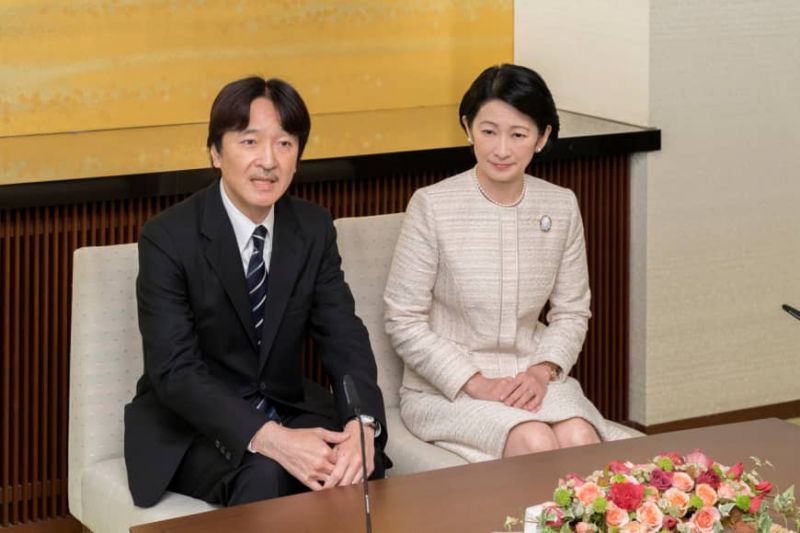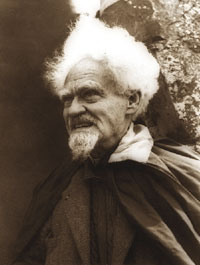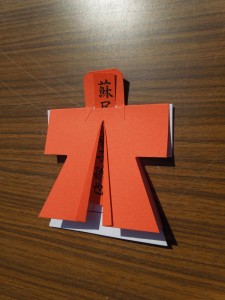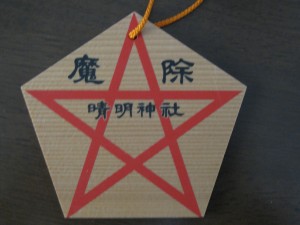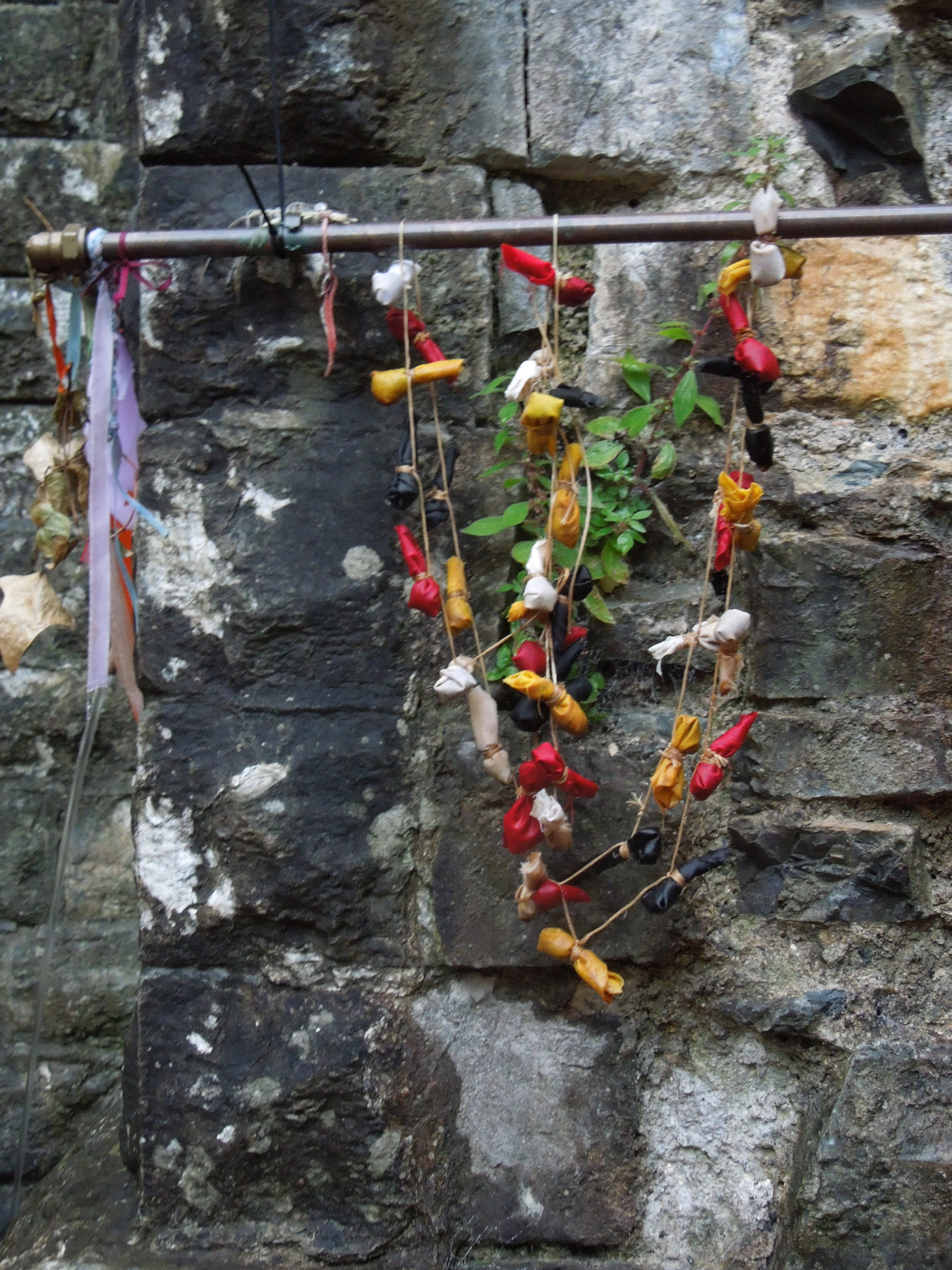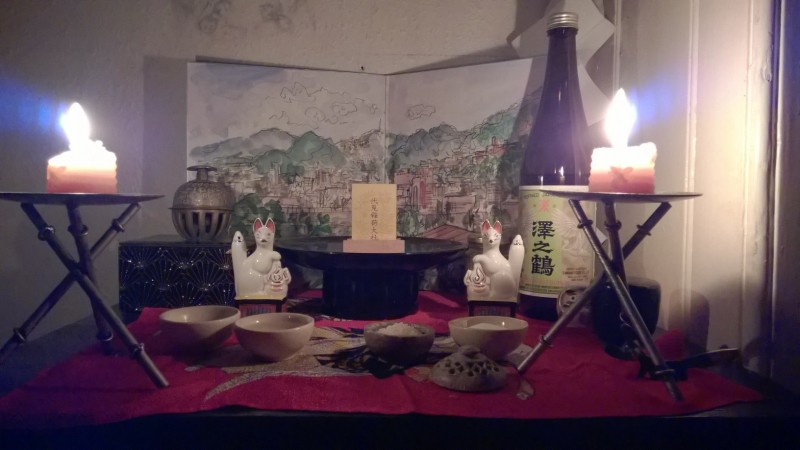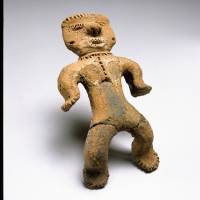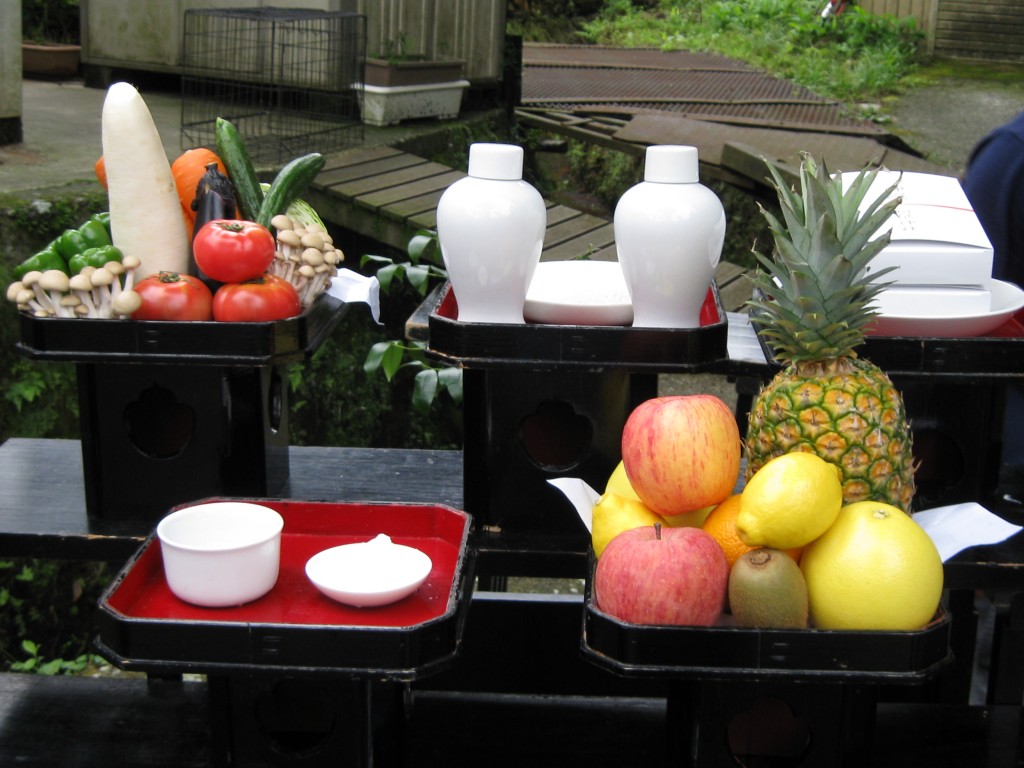
Offerings can take many forms and be visually appealing. E-money lacks substance and aesthetics.
E-money contributions to shrine donations. A shocking break with tradition, or an example of Shinto adapting to the times?
The worldwide pressure to move to a cashless society, and the consequent focussing on Japan as languishing behind in this respect, is having an effect on the Shinto world today. Is swiping a card enough to make an offering? It hardly has any sense of ’offering’, even less of self-sacrifice. The complications are even greater than that, for technically the offering is made to the kami, not to the shrine priests. How pleased will the kami be by a credit card?
Nonetheless such is the force of progress that some shrines are already making provision for e-money donations, as the pieces below indicate. Change within continuity has long been the Japanese view of things, and it’s certainly been a keynote of Shinto’s ability to survive too.

A hungry frog makes an inviting bid for offerings
“””””””””””””
’Although we initially encountered criticism, an increasing number of people now support e-money offerings thanks partly to the government’s efforts to promote cashless payments.’
Rie Matsuoka, an official at Atago Jinja, a Shinto shrine in Tokyo’s Minato Ward, which started in 2014 to accept offerings by e-money Rakuten Edy as a countermeasure to theft. In Japan, people throw some coins into a saisen (wooden donation box) when they visit a shrine or temple as they pray for their wishes to be realized.
© Jiji Press Japan Today, Jan 3, 2019
“””””””””””””””””””

A visitor offers saisen monetary offerings using Rakuten Edy at Atago Jinja shrine in Minato Ward, Tokyo, on Jan. 4, 2017. (courtesy Jiji)
— The number of shrines and temples in Japan that accept saisen monetary offerings via e-money is increasing as the country moves toward a cashless society.
While some welcome the trend as a convenient way, others are critical of e-money use at religious places.
Atago Jinja, a Shinto shrine in Tokyo’s Minato Ward, started in 2014 to accept saisen via Rakuten Edy, a type of e-money, as a countermeasure to saisen theft.
In Japan, people throw some coins or even bills into a wooden donation box as saisen when they visit a shrine or temple and pray for their wishes to be realized, including during the New Year period.
“Although we initially encountered criticism, an increasing number of people now support e-money offerings thanks partly to the government’s efforts to promote cashless payments,” said Rie Matsuoka, a 52-year-old Atago Jinja official.
“In the past, offerings had been made in kind, such as rice and fish, and then cash took their place,” she explains. “It makes no difference to offer saisen in cash or e-money.”
In 2019, Atago Jinja will accept e-money saisen only on Friday, the first business day of the year.
Nikko Futarasan-Jinja, a Shinto shrine and one of the UNESCO World Heritage sites in Nikko, Tochigi Prefecture, introduced an electronic payment system in October 2018, aiming to allow visitors to offer saisen via e-money amid an increase in the number of tourists from China, where e-money is a popular payment method.
The shrine set up signboards with a quick response code at some 10 locations on its premises to allow visitors to scan the QR code with their smartphones for offering saisen by e-money.
“Electronic settlements are a trend of the times,” said Yoshifumi Saito, a 66-year-old official at the shrine.
“We expect saisen offerings by e-money will increase in February, when many Chinese people are expected to visit the shrine during China’s Lunar New Year holidays.”
Kaigenji, a temple in Fukuchiyama, Kyoto Prefecture, introduced an electronic settlement system in October 2018, hoping to lure young people who do not usually visit temples.
“Donation by e-money is as worthy as by cash,” said Mitsuhiro Shibahara, 38-year-old chief priest at the temple.
“We want young people to feel close to temples by using the interesting way of giving saisen via e-money,” he adds.
On the internet, many people praise e-money use for saisen, citing the convenience of the method. Some pointed to reward or mileage points as benefits.
Among opponents, meanwhile, some say they do not feel comfortable making monetary offerings by electronic data at shines or temples, and others argue that it appears disrespectful to use e-money at such sacred places.
“In the first place, blessings are not something given in return for money,” said a public relations official of Jinja Honcho, or the Association of Shinto Shrines.
“The important thing is that people express a sense of gratitude for the fulfillment of their wishes,” the official says, adding, “Our minds determine whether blessings will be given or not.”

Offerings in traditional style – quite a contrast to an e-offering



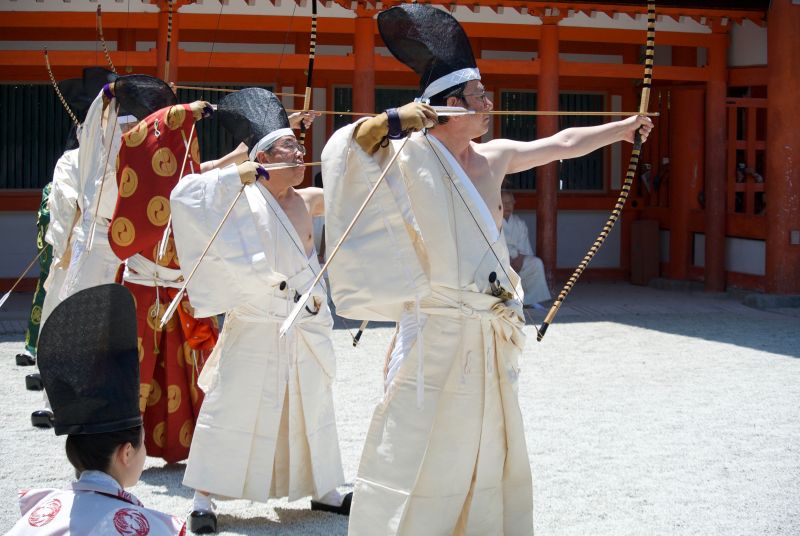
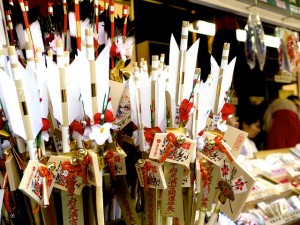
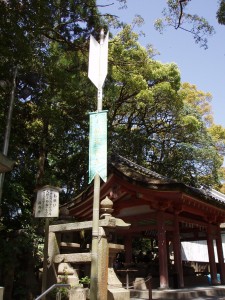
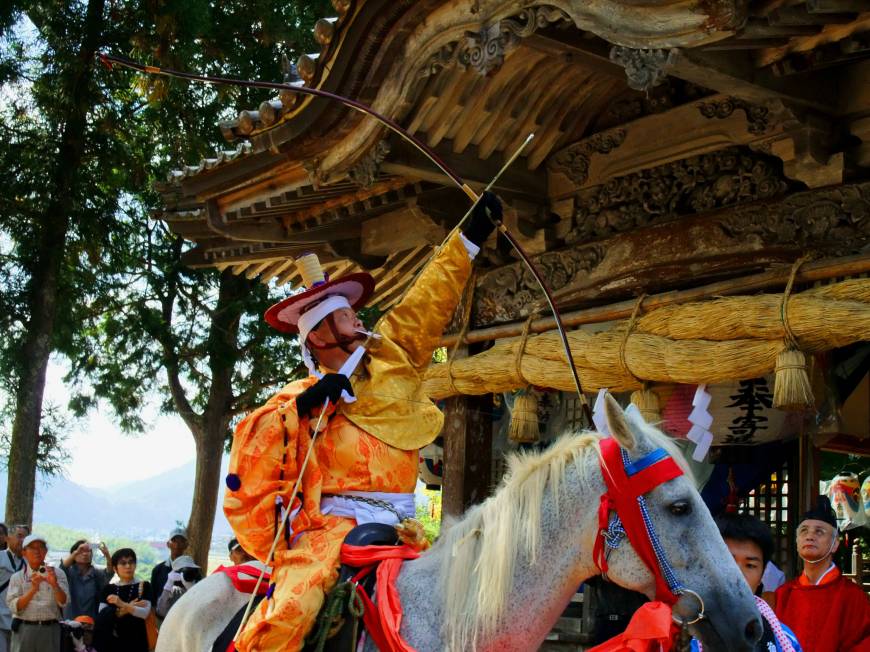
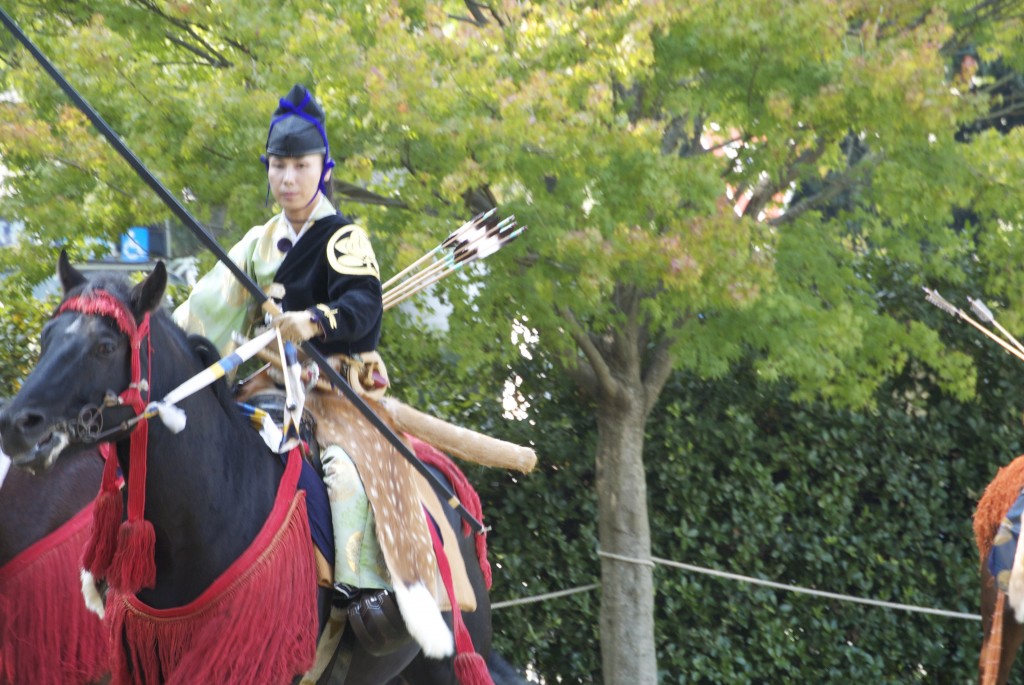
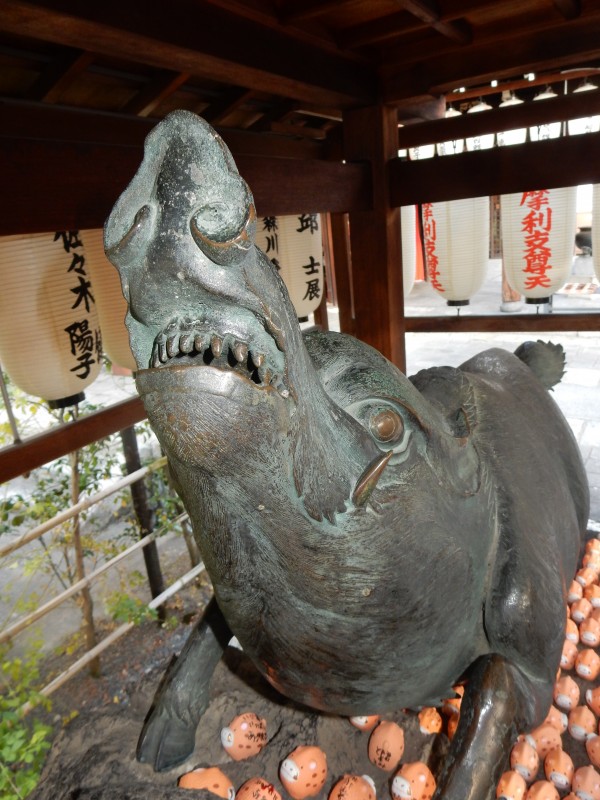
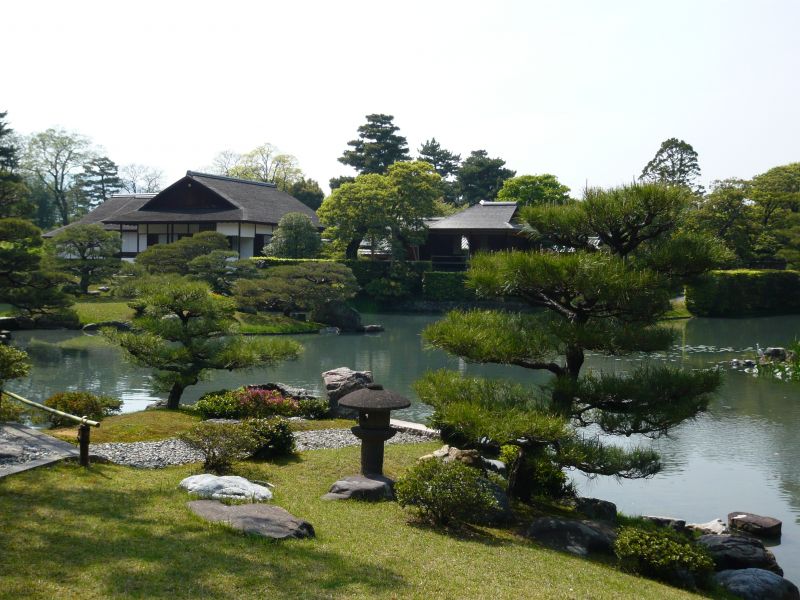 Following on from the series investigating the links of Shinto and Zen, this piece from Wikipedia struck me as insightful about the architectural and aesthetic overlap between the two practices. It concerns the Katsura Imperial Villa (or Detached Palace) in the west of Kyoto, which many consider to be the sublime example of a traditional estate. Shinto values of simplicity, naturalness and harmony with nature are mixed with the desire for contemplation and transcendence of the ego (For the full Wikipedia description see
Following on from the series investigating the links of Shinto and Zen, this piece from Wikipedia struck me as insightful about the architectural and aesthetic overlap between the two practices. It concerns the Katsura Imperial Villa (or Detached Palace) in the west of Kyoto, which many consider to be the sublime example of a traditional estate. Shinto values of simplicity, naturalness and harmony with nature are mixed with the desire for contemplation and transcendence of the ego (For the full Wikipedia description see 
